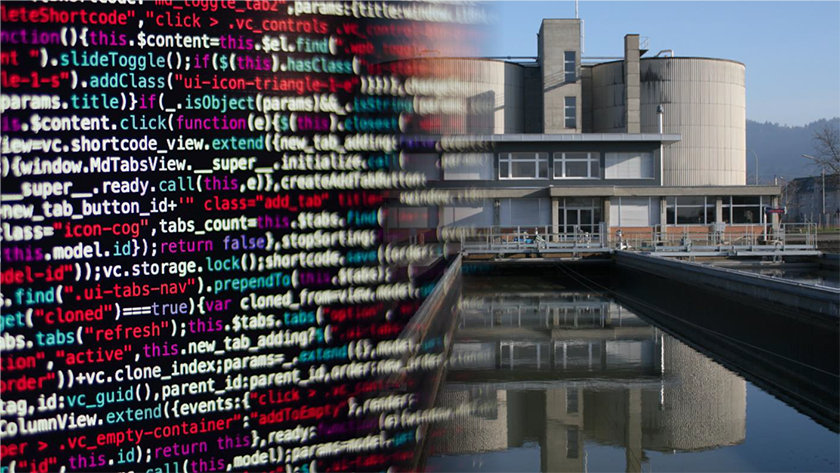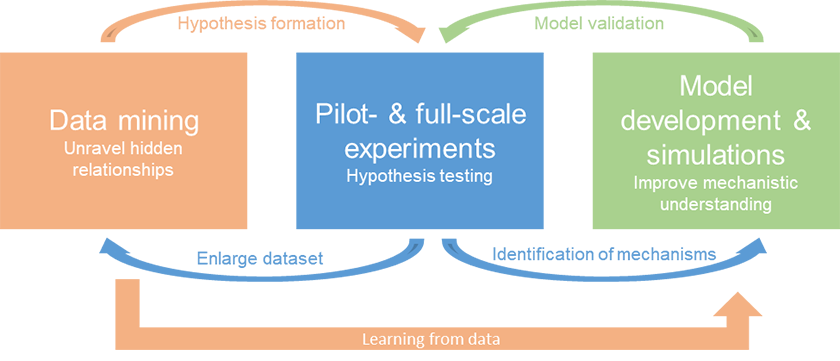Department Process Engineering
SCENE - Reducing GHG emissions from wastewater treatment

The Swiss Federal Council set the ambitious goal to reach net-zero greenhouse gas emissions by 2050. There is an urgent need for action, as highlighted in the recent IPCC report, given the time required for systemic and societal transitions. Despite the clear goal, numerous questions persist regarding transition pathways, social acceptance, technology developments, regulatory frameworks, and business cases.
SCENE (Swiss Center of Excellence on Net zero Emissions) is a research project funded under the ETH Domain's call for Joint Initiatives in the Strategic Area Energy, Climate and Sustainable Environment. The aim of this initiative is to establish a Centre of Excellence through inter-institutional collaboration covering various research areas related to the achievement of net zero emissions.
In the Department of Process Engineering at Eawag and in collaboration with Empa, we are responsible for the work package on reducing greenhouse gas (GHG) emissions from wastewater treatment. The potent GHG and ozone depleting substance nitrous oxide (N2O) dominates GHG emissions from biological wastewater treatment. There is currently a lack of understanding of N2O formation mechanisms on a large scale, which would be needed to develop robust mitigation strategies. Although multi-year N2O monitoring campaigns at full-scale plants exist, their potential to reveal hidden relationships and mechanisms remains unexplored. Our project aims to develop tools to support the development of N2O emission reduction strategies at different wastewater treatment plants in Switzerland. Furthermore, we address the need for efficient, cost-effective and sustainable abatement measures based on a comprehensive understanding of microbial pathways, control parameters, process engineering, plant operation and a holistic view of GHG emissions, including energy use.

Data mining to unravel hidden relationships
Advanced data analysis (i.e. data mining) of existing and additional N2O monitoring campaigns will be used to identify hidden patterns and relationships between N2O emissions and operating conditions, generate hypotheses and assist in building a mechanistic model.
Pilot- and full-scale experiments to test hypotheses
The results of data mining and modelling will be used to design pilot experiments to test the hypotheses. The experiments will be complemented by microbial DNA analysis and isotopic analysis of N2O to correlate its formation with microbial pathways. The isotopic analysis will be carried out by Empa.
Model development and simulations to improve mechanistic understanding
A model for quantitative prediction of N2O emissions will be developed to improve our mechanistic understanding and to test mitigation strategies, which in turn will be validated at full-scale.


